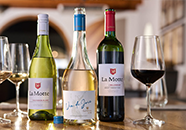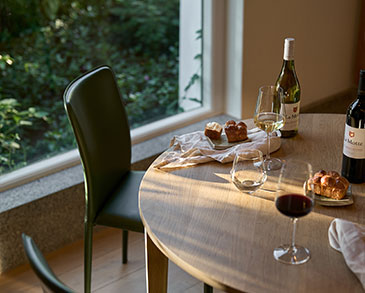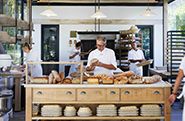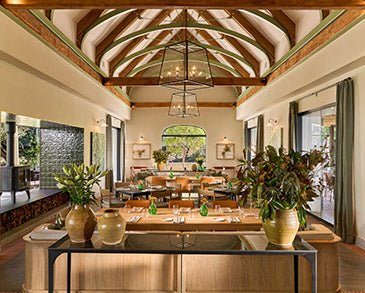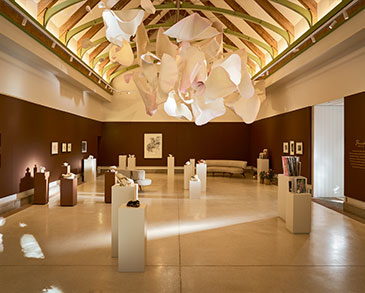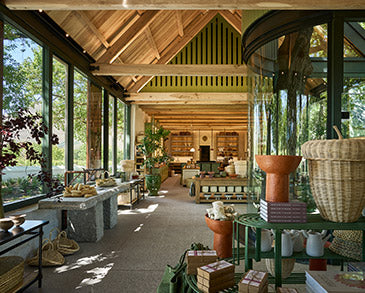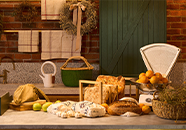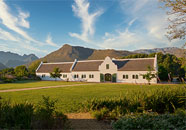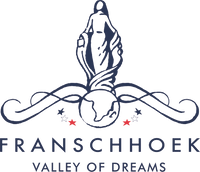
Celebrating Father’s Day, a special note of reference to the father and daughter relationship of acclaimed South African landscape artist JH Pierneef and his daughter, Marita Pierneef-Bailey as per her letter published by PG Nel in JH Pierneef: His life and his work (1990), in which she shares some of her treasured memories of her father.
TRIBUTE TO MY FATHER, HENDRIK PIERNEEF
Marita Pierneef-Bailey
As a human being, he would have considered the attention focused on him and his work an honour. As a man he would have taken note, examined everything in detail, and accepted the current interest in his work with a little smile. He was the complete man – builder, carpenter, husband and, to me, father.
I remember him as quiet, reserved, refined, respectful towards his chosen field, humble about his work and his ability to work with his hands. In addition he was passionately fond of our trees, grass and rocks. When I was a child he made me the most wonderful toys. I get a lump in my throat just thinking of a doll’s house and two miniature landscapes containing as much detail as the love with which they were made.
One day we were camping in the Bushveld. He was working, but to my surprise he put down his brush. Taking my hand and said: ‘Come, see how a tree grows, my child, look at how beautiful it is. Find your own tree of life, then you will get your own roots’.
How can others feel these things or understand them: his hand, his voice, his words? Calm, warm, strong. How can I say ‘was’ when he is?
Back to the veld: tents and stretchers and I am afraid that my horse will be cold in the Bushveld winter’s night – I want him with me in my tent and this wish is granted. Then I start to cry – the horse must sleep with me on the stretcher. This time there’s another sort of hand, on my bottom, several times.
These are the hands that reared me. He also had hands in his life: hands of builders and carpenters, those of his instructors, parents, teachers, friends – the hands that moulded him. When I was good, there was one hand in particular that handed out green peppermints. A large rough hand, without a thumb, that could stroke and punish. Uncle Paul’s hand.
Discipline was part of his life. At the crack of dawn every morning he would set himself a task and work until it was finished. Only then would he have breakfast. He found time for privacy and I remember the days, weeks, months and years he spent alone with his canvases recreating his impression of things with his brush and paints.
Later Pretoria began to expand and he wanted to live in the veld. He bought a piece of land in the fold between the eastern ridges of the city and built the Kraal, our home for many years – a cool circle of stone with a thatched roof, rooms that are part of the surrounding soil, rocks and grass. In the garden grew a wild gardenia, the sacred tree of the rain-making legends. So, encouraged by Mammie, he created a place of rest where he could find refuge after spending many long hours in the studio nearby – hours he found wearying but not wearisome.
‘Work every day, draw every day. The naked line says it all: the depth to which you examined your subject, how capable and skillful you are.’ These reflections on my father and his work represent all the stages of his development as an artist. They give a synopsis of the lifetime of an artist and a man of feeling. To me they open up a treasure chest of memories.
Although it is wonderful to possess so many of his works, my heritage is more than this. Most valuable to me are the quiet, deep things of the soul which he made part of me and the beautiful things he showed me in the world.
In my opinion, the ‘Composition in blue’, his Cubistic abstract work, is his greatest. It is a culmination of everything he ever worked for. It not only conveys his impression of the Bushveld landscape, it is much more: a poem, a way of life and a philosophy; it speaks of capacity for work and imagination; it is cloudy and yet drenched with sun, calm and yet stormy; a creed, a prayer and an adulation. An eternal reflection of his mind.
Credit:
Letter republished from;
Nel, PG (ed.). 1990. JH Pierneef: His life and his work. Cape Town: Perskor: p.114-115.
Courtesy of;
Caxton CTP Press and the University of Pretoria.
Featured image:
JH Pierneef and Marita (c 1929)

